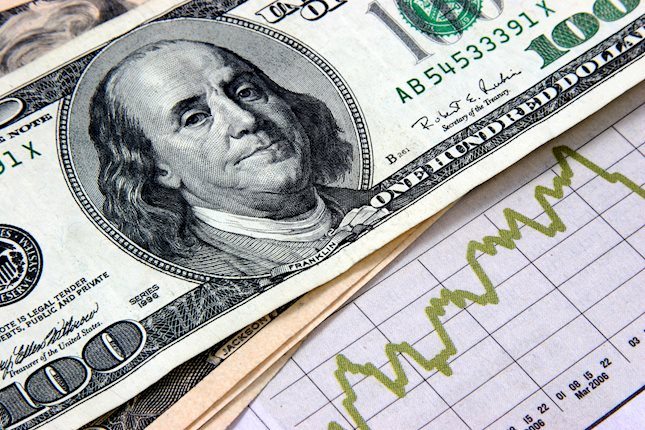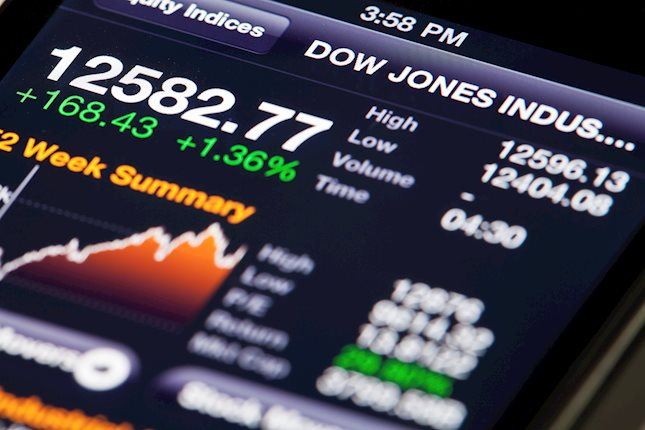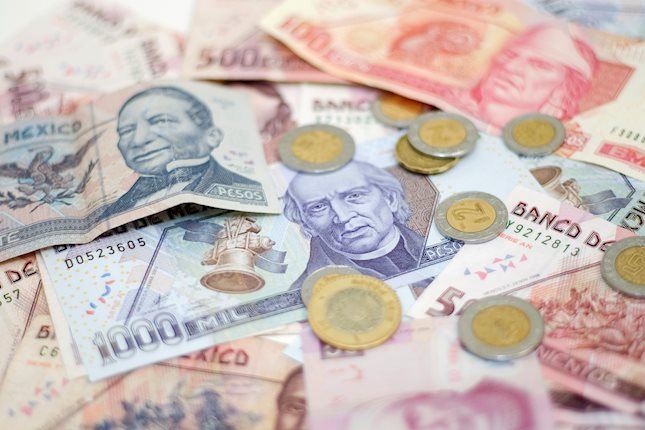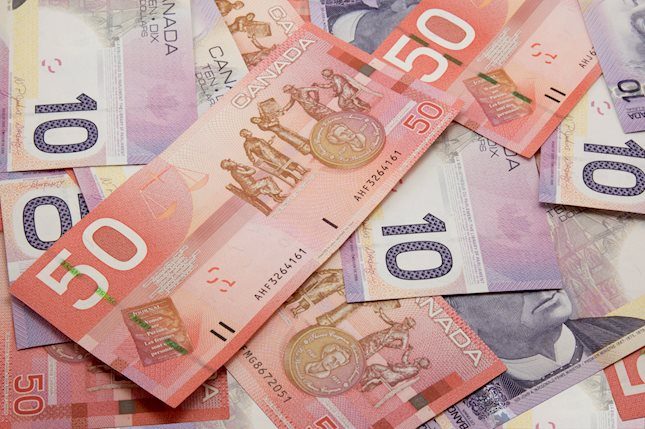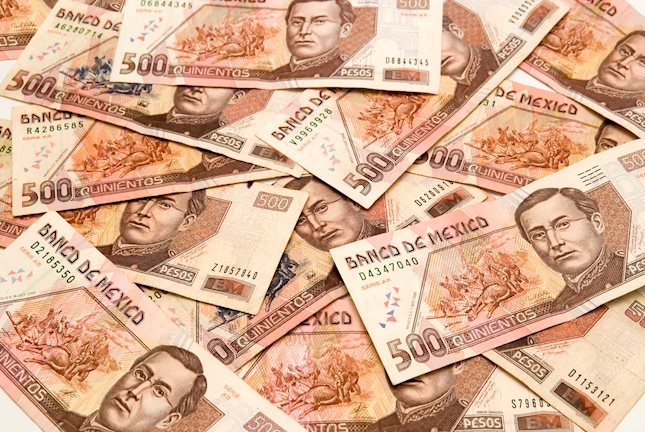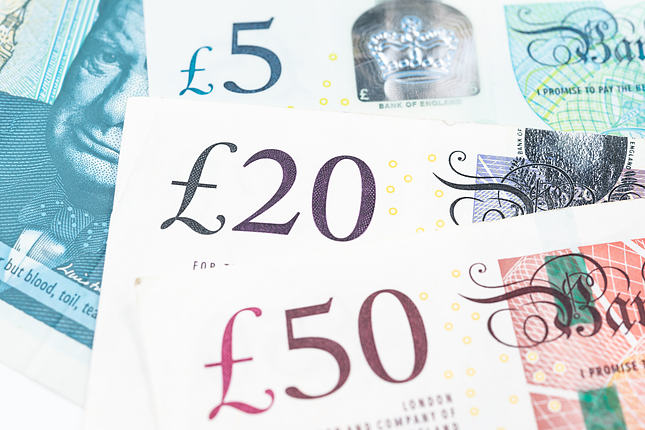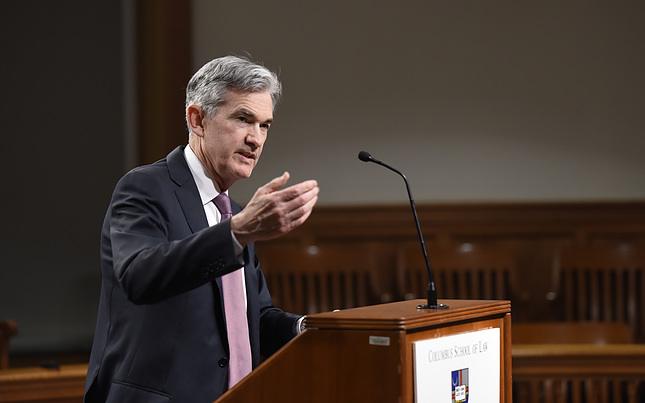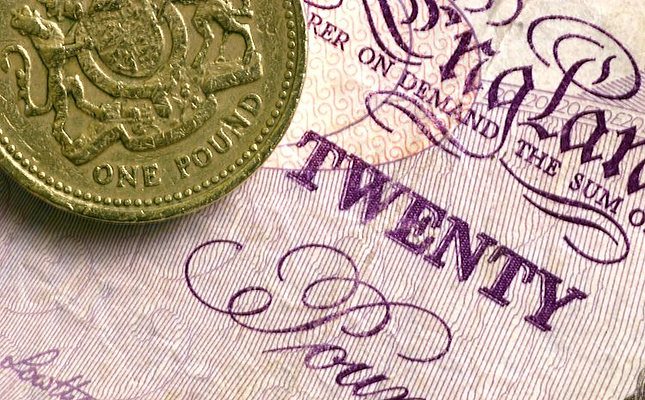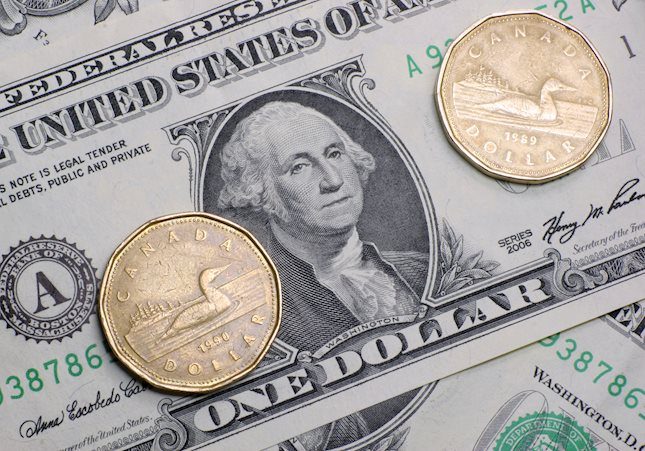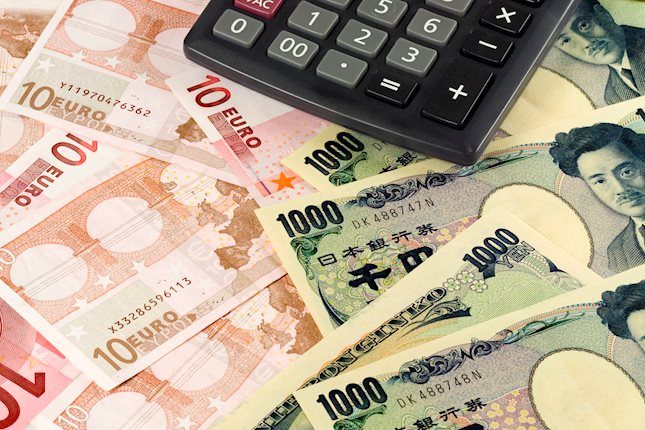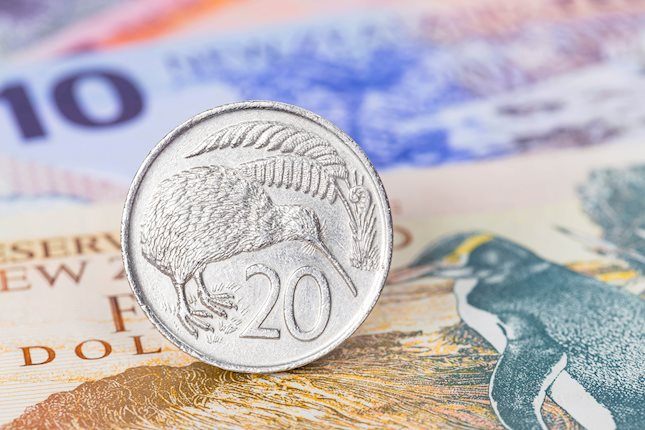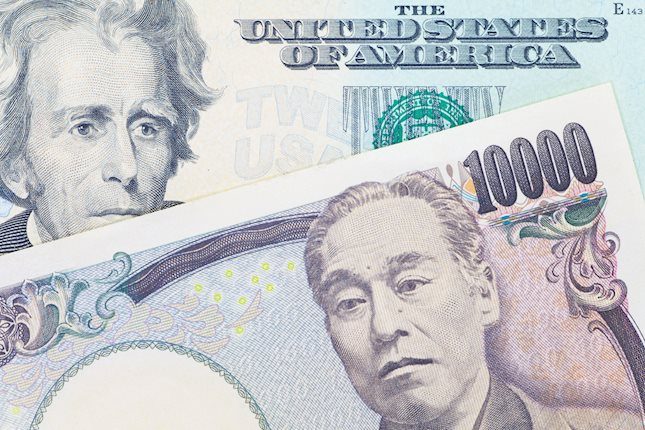US Dollar gained additional ground on risk aversion and hawkish Powell signals
- DXY Index witnesses minor incline, hitting an early November peak at 106.30.
- US housing data reveals weakness with Building Permits and Housing Starts falling.
- Powell commented that the monetary policy need "some additional time to work".
The US Dollar Index (DXY) is trading at 106.30 with gains on Tuesday, and the DXY continues to benefit from robust Retail Sales data revealed on Monday. Weak housing data didn’t trigger any reaction from the USD.
The US economy is witnessing robust growth and persistent inflation. Meanwhile, the Federal Reserve (Fed) sends mixed signals: that it's not keen on rate increases but welcomes market-led tightening via higher yields. Following the report of strong March inflation and labor data, easing expectations for June and July have plummeted, which fueled the USD’s rally.
Daily digest market movers: DXY holds strong despite weak housing data, hawkish Powell
- March's Building Permits recorded a decline of 4.3%, descending to 1.458 million, beneath both the projected 1.514 million and February's 1.523 million.
- Housing Starts witnessed a notable descent of 14.7%, collapsing from 1.549 million to 1.321 million, not reaching the expected total of 1.48 million.
- Industrial Production for March rose by 0.4% MoM, matching expectations.stments on their expectations, basically confirming that it may be appropriate to delay the easing cycle.
- After the recent inflow of robust US data, market participants are adjusting their easing anticipations. At present, the market anticipates the initial rate cut to materialize in September with a 70% probability for a second cut in December.
- The investor’s expectations of a June rate cut have diminished to 25% against 60% the previous week.
DXY technical analysis: DXY continues gaining ground, bulls might eventually take breather
The indicators on the daily chart reflect a bullish scenario for the DXY. The Relative Strength Index (RSI) is showing overbought conditions, typically indicating strong upward momentum. Similarly, the Moving Average Convergence Divergence (MACD) has rising green bars, showing a positive momentum in favor of bulls. However, the rally might have become overextended as these indicators flash overbought signals and might correct in the next sessions.
In addition to this, the currency index is trading above all its Simple Moving Averages (SMAs) at 20, 100 and 200 days. The SMAs suggest a long-term bullish trend. Together, these indicators show that buying momentum is dominant over selling momentum.
Risk sentiment FAQs
In the world of financial jargon the two widely used terms “risk-on” and “risk off'' refer to the level of risk that investors are willing to stomach during the period referenced. In a “risk-on” market, investors are optimistic about the future and more willing to buy risky assets. In a “risk-off” market investors start to ‘play it safe’ because they are worried about the future, and therefore buy less risky assets that are more certain of bringing a return, even if it is relatively modest.
Typically, during periods of “risk-on”, stock markets will rise, most commodities – except Gold – will also gain in value, since they benefit from a positive growth outlook. The currencies of nations that are heavy commodity exporters strengthen because of increased demand, and Cryptocurrencies rise. In a “risk-off” market, Bonds go up – especially major government Bonds – Gold shines, and safe-haven currencies such as the Japanese Yen, Swiss Franc and US Dollar all benefit.
The Australian Dollar (AUD), the Canadian Dollar (CAD), the New Zealand Dollar (NZD) and minor FX like the Ruble (RUB) and the South African Rand (ZAR), all tend to rise in markets that are “risk-on”. This is because the economies of these currencies are heavily reliant on commodity exports for growth, and commodities tend to rise in price during risk-on periods. This is because investors foresee greater demand for raw materials in the future due to heightened economic activity.
The major currencies that tend to rise during periods of “risk-off” are the US Dollar (USD), the Japanese Yen (JPY) and the Swiss Franc (CHF). The US Dollar, because it is the world’s reserve currency, and because in times of crisis investors buy US government debt, which is seen as safe because the largest economy in the world is unlikely to default. The Yen, from increased demand for Japanese government bonds, because a high proportion are held by domestic investors who are unlikely to dump them – even in a crisis. The Swiss Franc, because strict Swiss banking laws offer investors enhanced capital protection.
Forex News
Keep up with the financial markets, know what's happening and what is affecting the markets with our latest market updates. Analyze market movers, trends and build your trading strategies accordingly.

